mobile View, to the German Version tap the flag


- possession of France
- overseas department, ultraperipheral part of France and the EU
- own name: Collectivité territoriale unique de Guyane Française
• Flags
• Historical Flag
• unofficial Flags
• Meaning/Origin of the Flag
• Coat of Arms
• Meaning/Origin of the Coat of Arms
• Map
• Numbers and Facts
• History
• Origin of the Country's Name
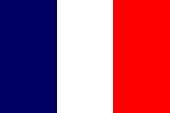
Flag of France,
ratio = 2:3,
Source, by: Corel Draw 4





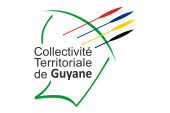
since 2015,
Flag of the Territorial collectivity,
ratio = 2:3,
Source, by: World Statesmen




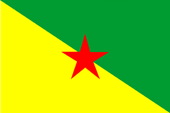
2010-2015(?),
Flag of the Department,
ratio = 2:3,
Source, by: Wikipedia (D)




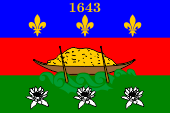
unofficial crest flag,
Source, by: Wikipedia (D)



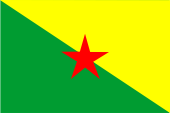
supposed flag of the independence movement,
Source, by: FOTW



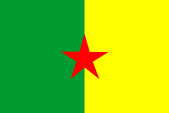
Flag of the Tam-Tam Front pour la Liberation de Guiana,
Source, by: FOTW




All French colonies had no own flag over a long period. It had to be hoisted the French tricolor. This in principle usual until today. The status of the colonies changed over the years. Some of them are now overseas departments, and thus a ultraperipheric part of France and of the EU; others are overseas communities, autonomous, and not a part of France or the EU. Overseas departments belong – in contrast to the departments of the motherland – to no administrative region of France, they are a separate region. The territorial entity has therefore officially to use the flag of France. However, the General Council as the highest elected collegial body of a French Department and the Regional Council as the highest elected collegial body of a French Region can have their own flags. These flags of departments and regions, however, have oftenly the appearance of company flags with logos or even stylized images, appear carelessly, ahistorical, technocratic and modernist, because in the strictly centralist France is avoided any regionalism or even a historical subscription. Because of that these logo flags of regions are unpopular and are rarely used. Next to the Tricolour, the flag of the "Département d'Outre-Mer de la Guyane Française" has been allowed to be hoisted since 2010, and than probably the newly created flag of the territorial community since 2015. The General Council of the Department (as an administrative body) had its own flag, as did the Regional Council of the Region (as a higher administrative body). These flags were complemented on 29th of January in 2010 by a new flag representing the department as a territorial collectivity. It was divided diagonally. The upper triangle in the waving end was green, the lower triangle at the mast side was yellow. A red, five-pointed star was placed in the middle. The green stood for the forest, the yellow (gold) for the country's mineral resources. The red star symbolised the "blood in the heart of the country". This flag was actually the flag of the UTG, the largest trade union in the country, but officially only since November 2004. However, this flag was first used in 1967. On the occasion of an administrative reform in 2015, the General Council and the Regional Council were merged, the territorial entity was given the status of a "Collectivité territoriale unique" and a flag was adopted for that territorial entity. It is a white logo-flag of modernist design with the silhouette of the country, colourful lance points and an inscription. But, there exist, for local and tourist purposes – usual in almost all French possessions - the famous and popular crest flags, where the image of the Coat of Arms of the country is transferred to a bunting. Another flag, which is often to see – at least on the web – is the flag of the independence movement. It is similar to the flag of the department, but the green and yellow fields are exchanged. Probably in reality was seen a vertical division of the flag between green and yellow, because such a flag – also with the red star - is the flag of the "Tam-Tam Front pour la Liberation de Guiana". The combination of the colours green, yellow and red is called the Panafrican Colours: Perhaps in 1900 was the beginning of the Panafrica-Movement, wich wants to emphasize the commons of all people with black skin. 88% of the population of French Guyana are Blacks and Mulattoes. The colour-triad green-yellow-red, wich is used by many african and even american countries in their flags after the independence, stands for the political unity of Africa, of all black people. The first country was Ghana in 1957. As the origin apply the colours of Ethiopia (Abessinia), the oldest independent state in Africa. The colours of the flag of the independence movement of French Guiana is to see as well in the flag of the Brazilian federal state of Acre.
Source:
Wikipedia (D),
Volker Preuß

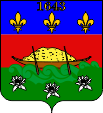
Coat of arms of French Guiana,
Source, by: Wikipedia (D)

The coat of arms of French Guiana is the coat of arms of the capital Cayenne. The shield is divided twice and shows above in blue three golden lilies, above in gold the date of 1643. Centered in red a boat with two oars and a heap of gold, and below in green three natural silvery water lilies. The golden lilies refer to France, the date to the foundation of Cayenne. The gold in the boat should symbolizes the richness of the region.
Source:
Wikipedia (D)

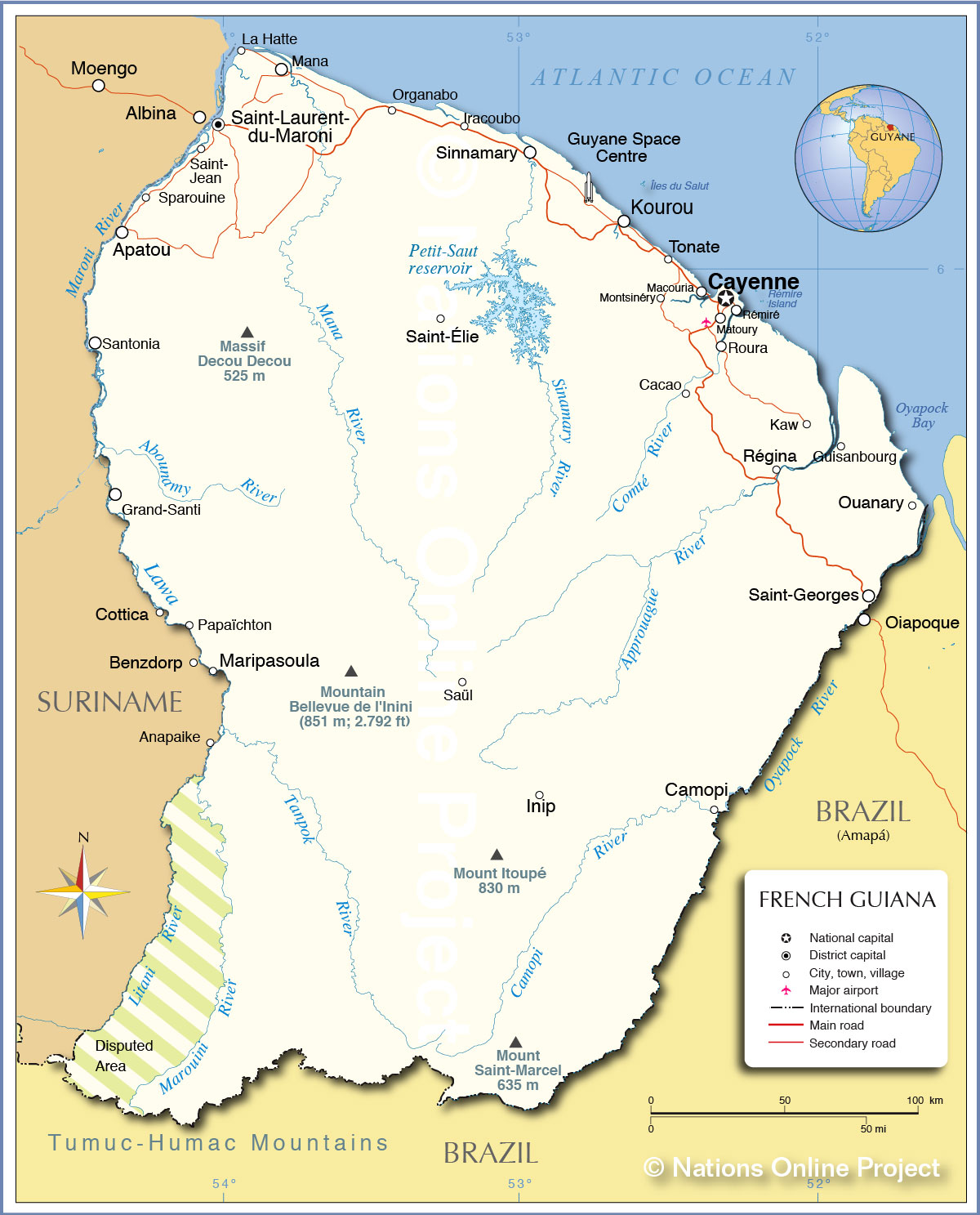
Landkarte/map, Quelle/Source: www.nationsonline.org,
zum Vergrößern klicken, click to enlarge

Area: 32.365 square miles
Inhabitants: 276.128 (2018), thereof 88% of African descent and Mulattos, 10% native Indians, 2% Asians and Europeans
Religions: 85% Christian, 2% Animist
Density of Population: 9 inh./sq.mi.
Capital: Cayenne, 63.652 inh. (2018)
official Language: French
other Languages: Indian dialects
Currency: 1 Euro (€) = 100 Cent
Time Zone: GMT – 3 h
Source: Wikipedia (D)

1498 · discovered by Columbus
1604 · start of the French Colonization
1643 · foundation of Cayenne
1816 · frontier-contracts with the neighbours
1848 · abolition of the slavery
1852–1946 · Guiana is a French penal colony
1946 · French Guiana becomes a overseas department
2015 · administrative reform, General Council and Regional Council are merged, the country becomes a "Collectivité territoriale unique"
Source:
Wikipedia (D),
Länder der Erde

The name "Guyana" (also Guyana, Guiana) comes probably from the Indian languages, and there exist two explanations: 1st) honorable, 2nd) lot of water.
Source:
Atlas der wahren Namen


![]()











